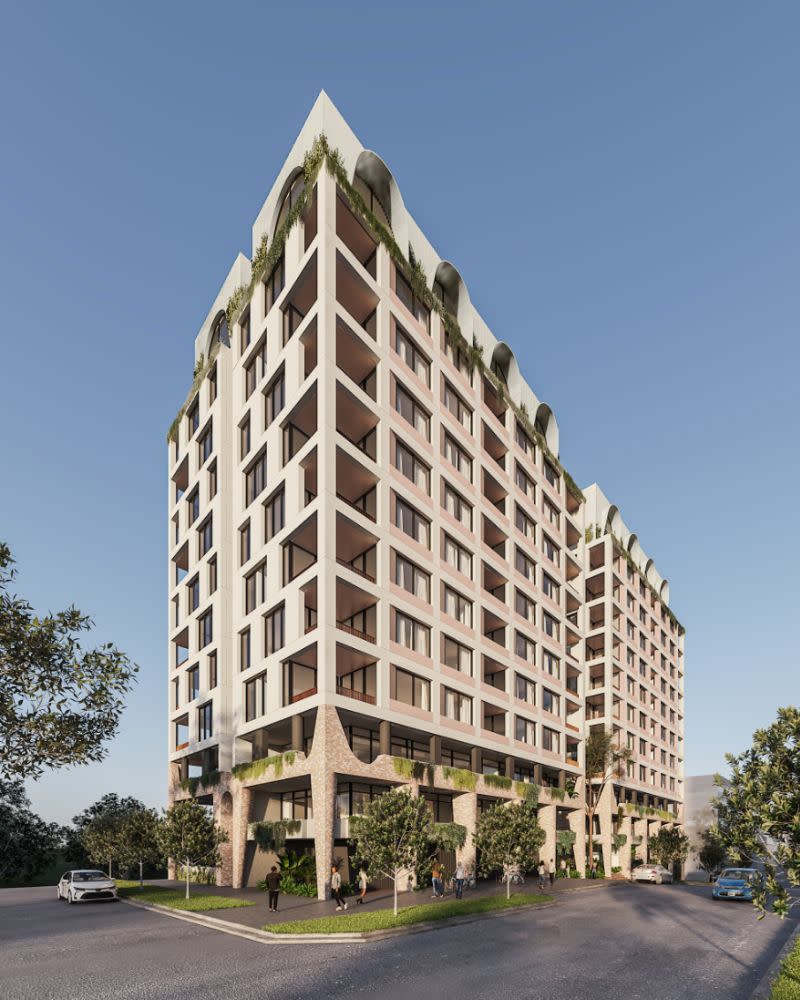HAFF Shortlist: 13,700 Social, Affordable Homes Picked

Housing Australia has picked 185 projects for the first tranche of its Future Fund program.
Collectively, Housing Australia said, the projects would deliver more than 13,700 social and affordable homes, however “due to commercial confidentiality obligations” no further details about the successful applications would be revealed.
The Housing Australia Future Fund deal was inked last year and included a promise for 30,000 social and affordable homes to be delivered in the first five years, which was then upped to 40,000, Housing Australia said in a statement on Monday.
The funding is being delivered by the Housing Australia Future Fund Facility (HAFFF) and National Housing Accord Facility (NHAF). This round of funding “will support investment of up to $9.2 billion in social and affordable housing”.
Housing Australia said it was notifying successful applicants this week before entering contract negotiations with the preferred project winners.
They include 4220 social and 9522 affordable homes combined across each state and territory, and include 1300 homes for women and children escaping domestic violence situations, and older women at risk of homelessness.
While the announcement was largely welcomed as the Federal Government’s “biggest investment in social and affordable housing in decades”, some, including Urban Taskforce, warned they should not get complacent.

“More needs to be done at the state level to ensure that this funding is not just cannibalising housing that otherwise would have been directed towards market price sales,” Urban Taskforce said.
“The HAFF effectively covers the gap between market rent and affordable housing rent for 25 years but it does not, in and of its own, contribute significantly to housing stock more generally.”
The lobby group said it “cautions that producing more market housing is what is critical for the vast majority of the population”.
“If governments focus their efforts exclusively on delivering ‘affordable housing and social housing’ while ignoring the planning, taxation, feasibility and administrative barriers that face housing supply more generally, they will fail in their quest to increase supply and make housing generally more affordable,” it said.
“Today’s announcement is a salient lesson for state governments.”
Housing Industry Association managing director Jocelyn Martin said the announcement represented 40 per cent of the 13,742 social and affordable homes forecast by the Australian Government to get under way this financial year.
“We need a co-ordinated approach across housing policy programs and across all levels of government to continue with initiatives to increase supply of housing for all forms,” Martin said.
“As a consequence, it will be important to ensure productivity in the residential construction industry is supported by government focus on removing regulatory roadblocks, improving planning systems and tackling skills shortages.
“While we would like to see a longer term, more consistent approach to funding social housing, programs such as the HAFF provide positive inroads into improving housing outcomes.”
While no projects have been officially announced by Housing Australia, developments including a 12-storey affordable tower in South Australia and a 14-storey double-tower project by Landcom delivering 135 social homes in Sydney, indicated earlier in the year they would pursue HAFF funding support.














